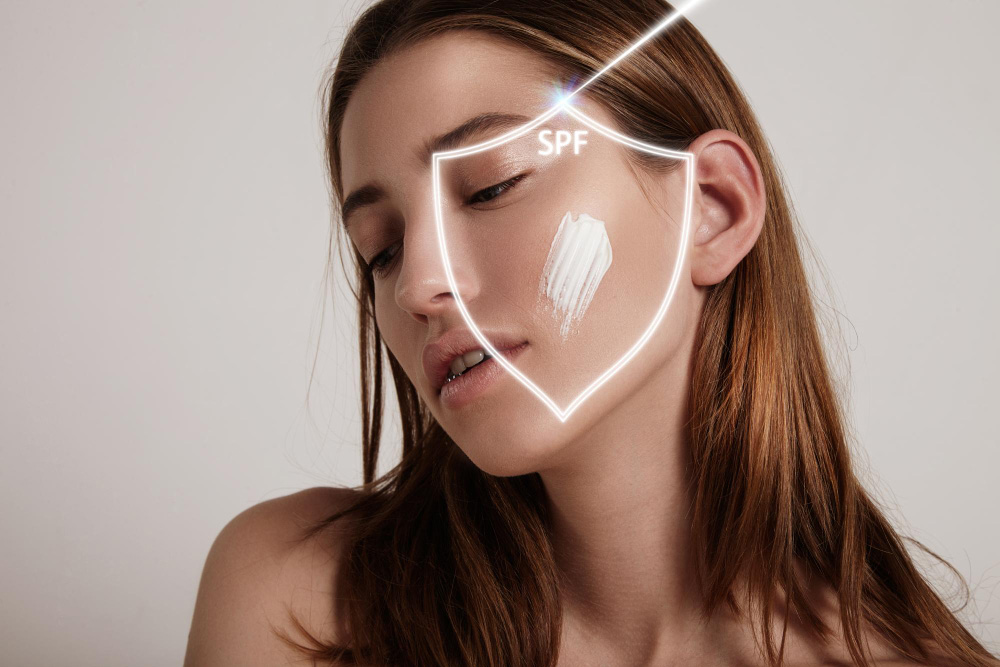As the sun’s rays become increasingly harsh and skin cancer rates continue to rise, sunscreen has become a non-negotiable step in any skincare routine. However, with a myriad of options available on the market, choosing the right sunscreen can be overwhelming. From SPF levels to formulation types, navigating the sunscreen aisle requires careful consideration. This ultimate sunscreen buying guide is here to simplify the process, empowering you to make informed choices and protect your skin with confidence.
Understanding SPF:
SPF, or Sun Protection Factor, measures a sunscreen’s effectiveness in blocking UVB rays, the primary cause of sunburn and skin cancer. The higher the SPF, the greater the protection. Here’s a breakdown:
- SPF 15: Provides moderate protection, blocking approximately 93% of UVB rays.
- SPF 30: Offers high protection, blocking about 97% of UVB rays.
- SPF 50: Provides the highest level of protection, blocking approximately 98% of UVB rays.
Choose a higher SPF for prolonged sun exposure or if you have fair or sensitive skin.
Types of Sunscreen:
Sunscreen comes in two main formulations: chemical and physical.
Chemical Sunscreens: Contain organic compounds that absorb UV radiation and convert it into heat, which is then released from the skin. They tend to be lightweight and blend seamlessly into the skin.
Physical (Mineral) Sunscreens: Contain active mineral ingredients like zinc oxide and titanium dioxide, which sit on the skin’s surface and reflect UV radiation away from the skin. They are suitable for sensitive skin and provide immediate protection upon application.
Water Resistance:
If you’ll be swimming or sweating, opt for a water-resistant sunscreen. Look for labels indicating the duration of water resistance, typically 40 or 80 minutes. Remember to reapply after swimming or excessive sweating to maintain adequate protection.
Broad-Spectrum Protection:
Choose a sunscreen labeled as “broad-spectrum,” which protects against both UVA and UVB rays. UVA rays penetrate deep into the skin, causing premature aging and increasing the risk of skin cancer, while UVB rays primarily cause sunburn.
Additional Features:
Consider additional features that align with your needs and preferences, such as:
- Fragrance-Free: Suitable for sensitive skin or those sensitive to scents.
- Oil-Free: Ideal for oily or acne-prone skin.
- Non-Comedogenic: Won’t clog pores, suitable for acne-prone skin.
- Tinted: Provides a subtle tint to even out skin tone and reduce the appearance of white cast.
- Antioxidant-Rich: Contains antioxidants like vitamin C or E to neutralize free radicals and enhance protection against environmental damage.
Application Tips:
To ensure maximum effectiveness, follow these application tips:
- Apply sunscreen generously to all exposed skin.
- Reapply every two hours or immediately after swimming or sweating.
- Don’t forget commonly overlooked areas like ears, lips, scalp, and the tops of feet.
- Use sunscreen daily, even on cloudy days or during winter months.
- Combine sunscreen with other sun protection measures, such as seeking shade, wearing protective clothing, and avoiding peak sun hours.
Conclusion:
With the right knowledge and guidance, choosing the perfect sunscreen doesn’t have to be daunting. By understanding SPF levels, sunscreen formulations, water resistance, and additional features, you can confidently select a sunscreen that suits your skin type and lifestyle.
Remember, sun protection is not just a summer essential but a year-round commitment to keeping your skin healthy and youthful. Embrace the power of sunscreen and enjoy the sun safely!



